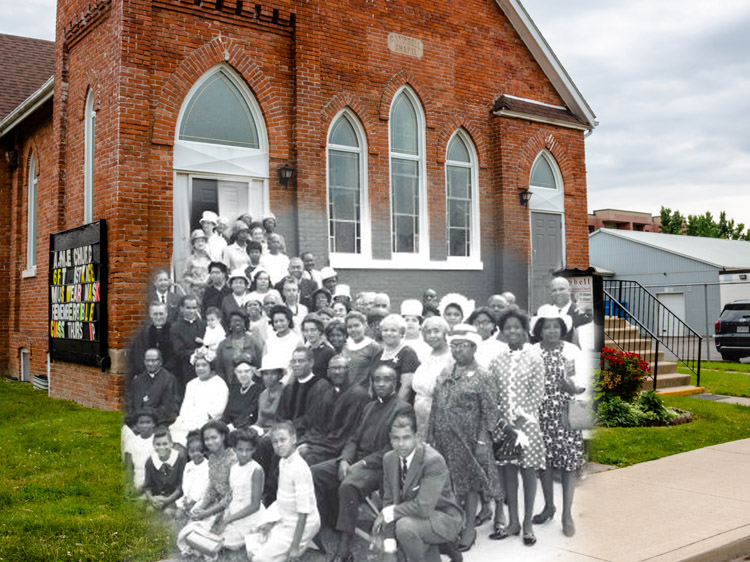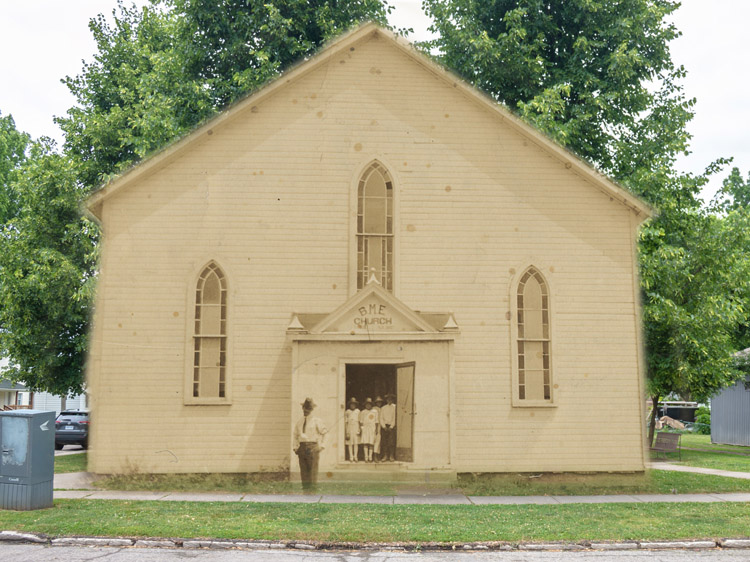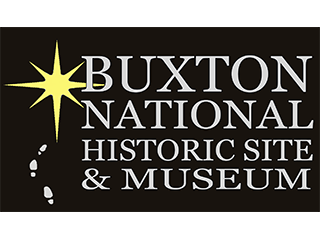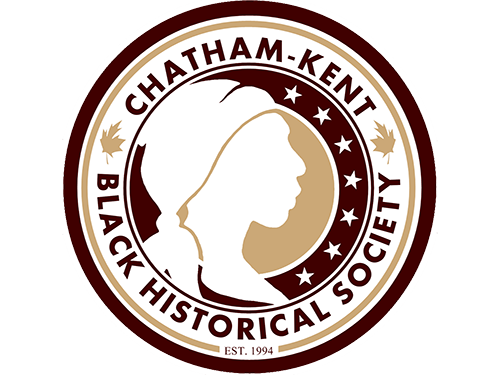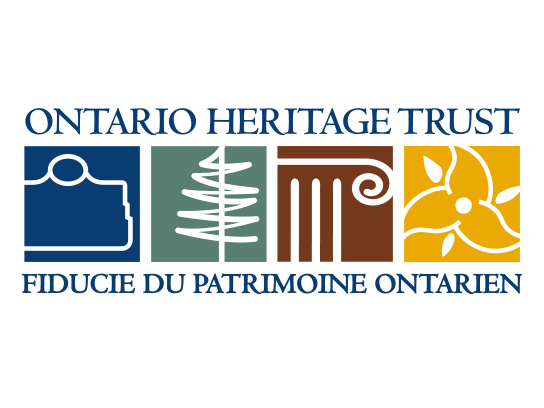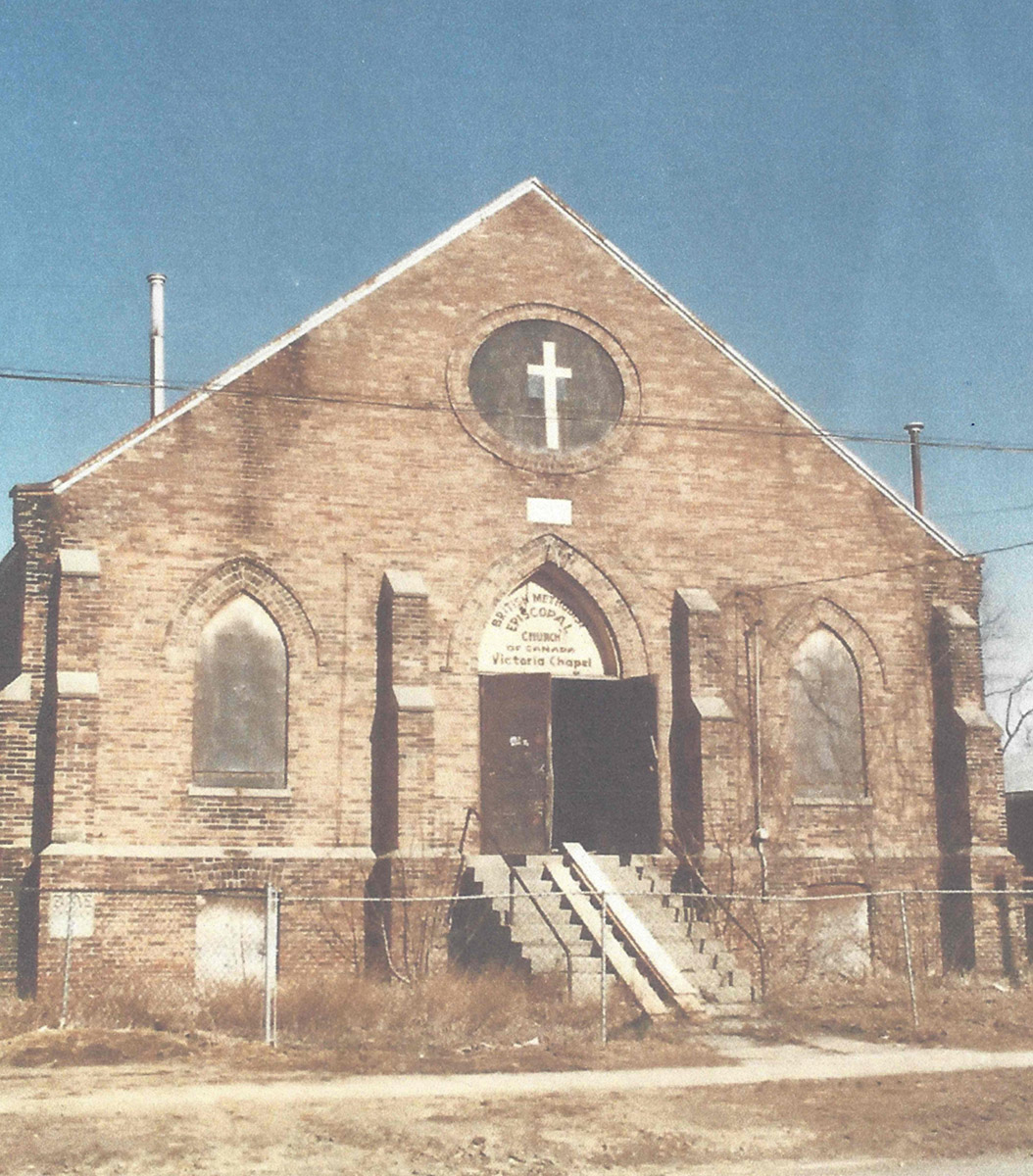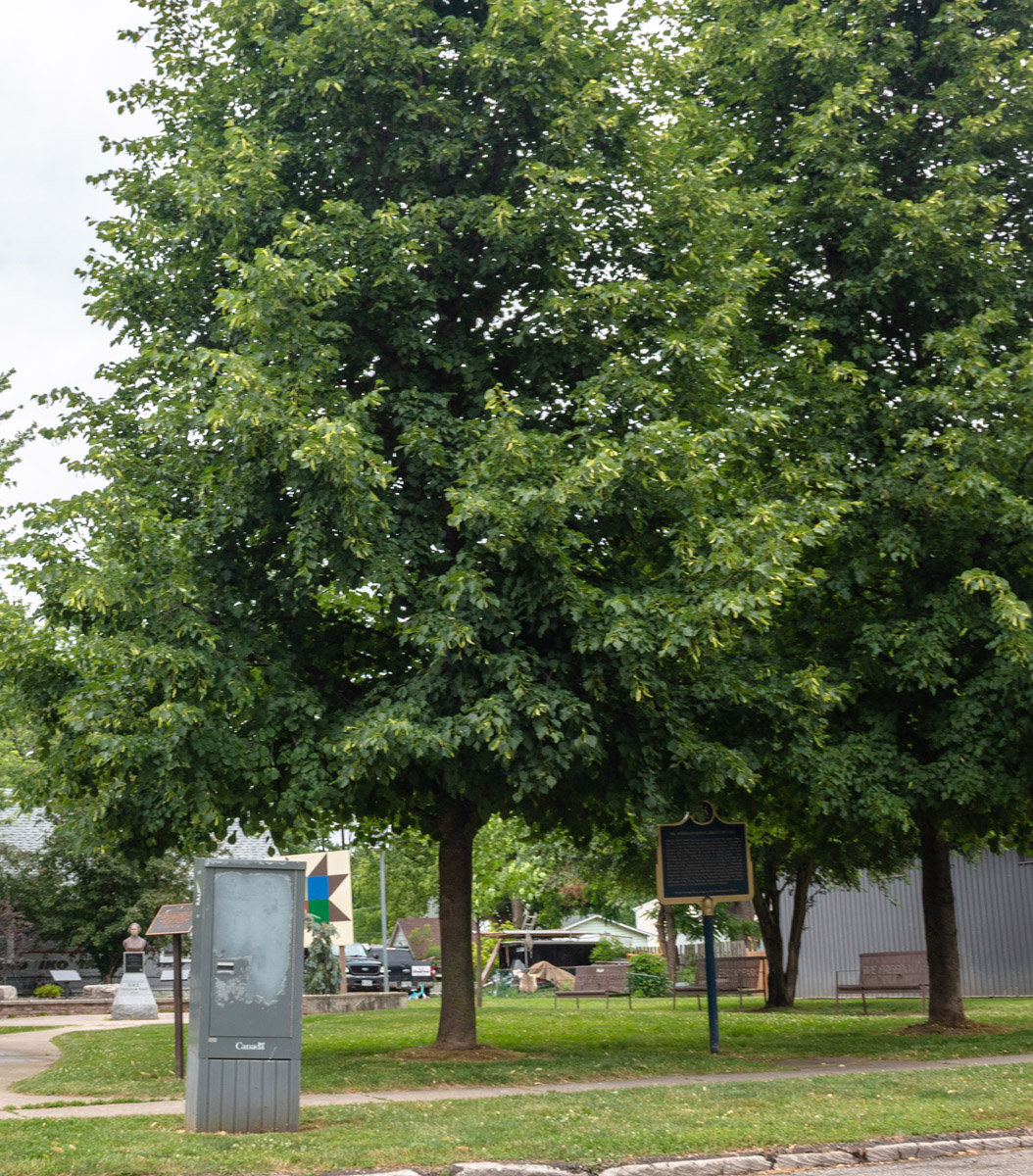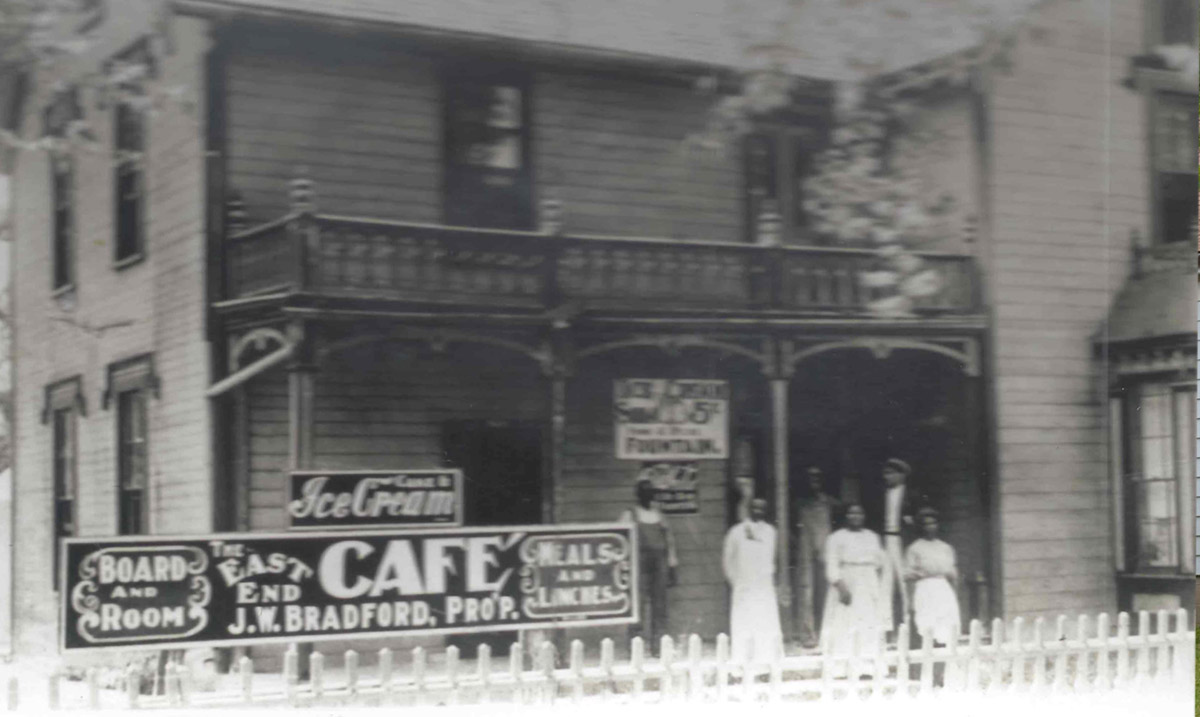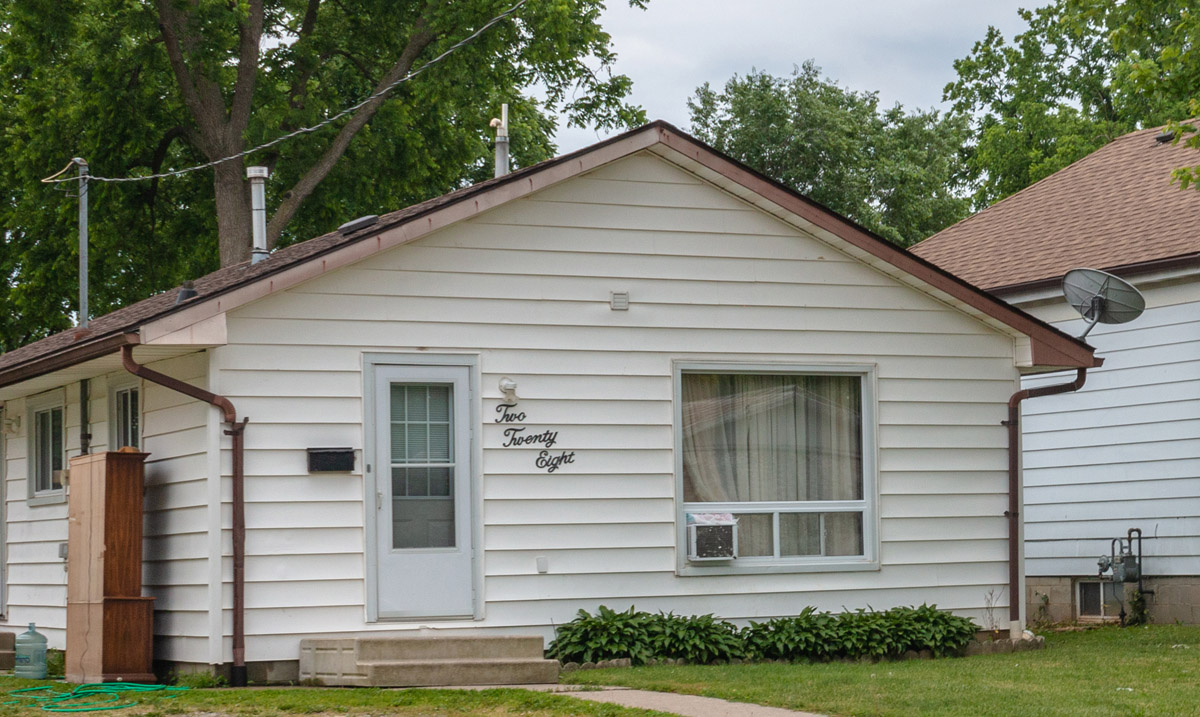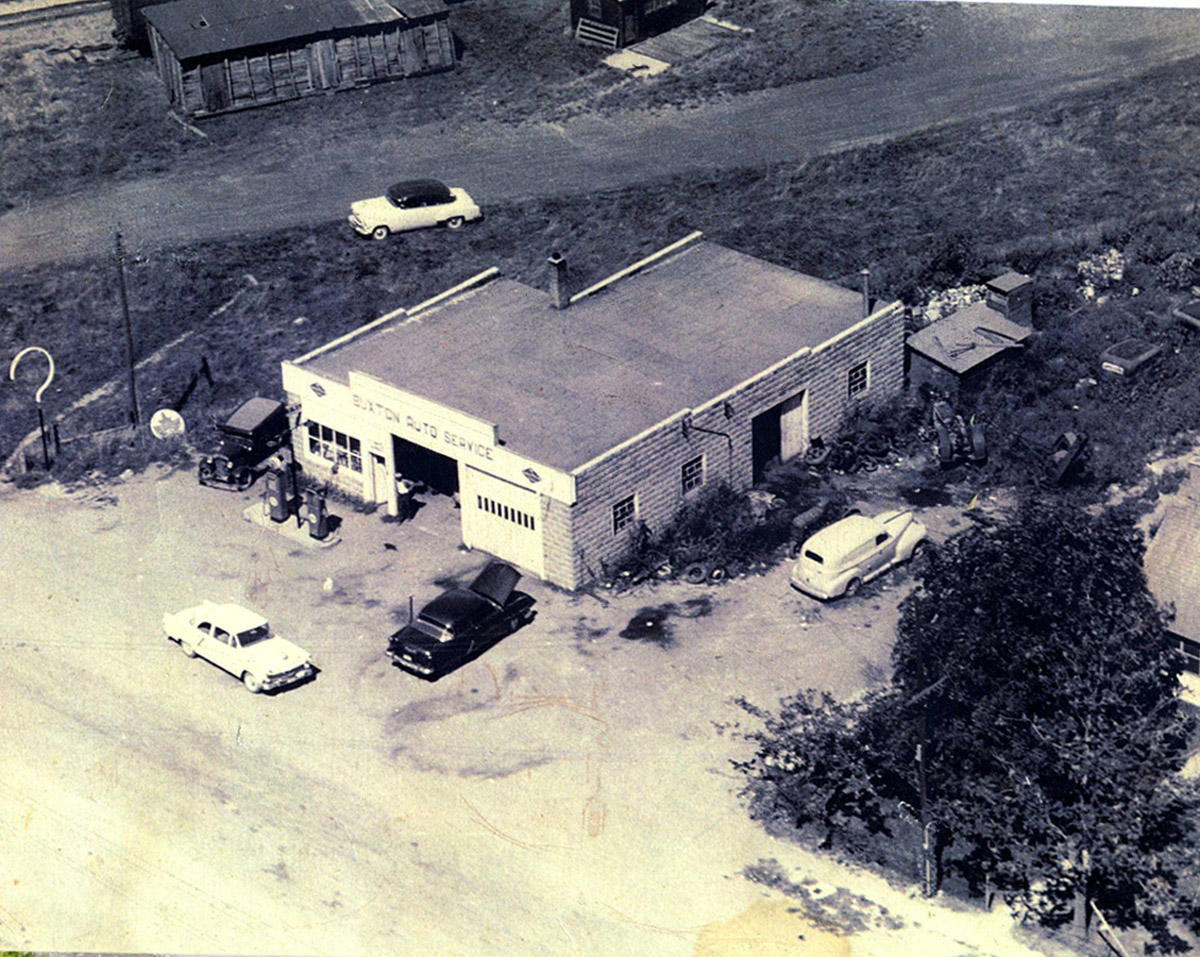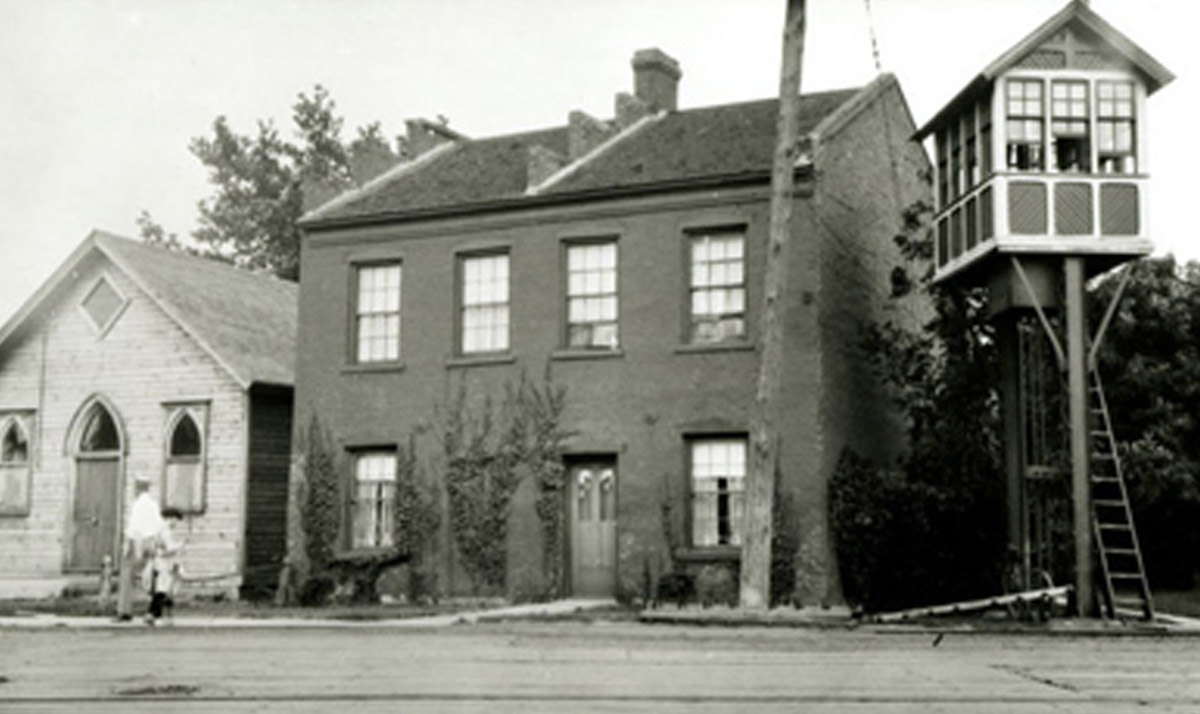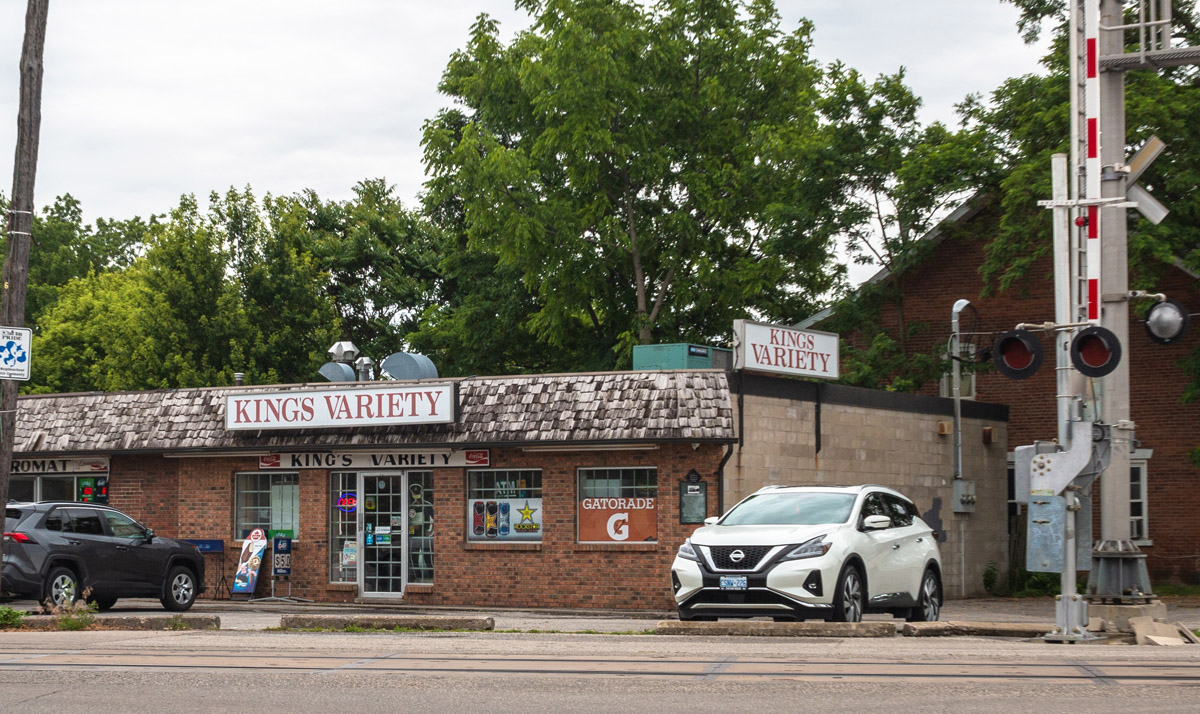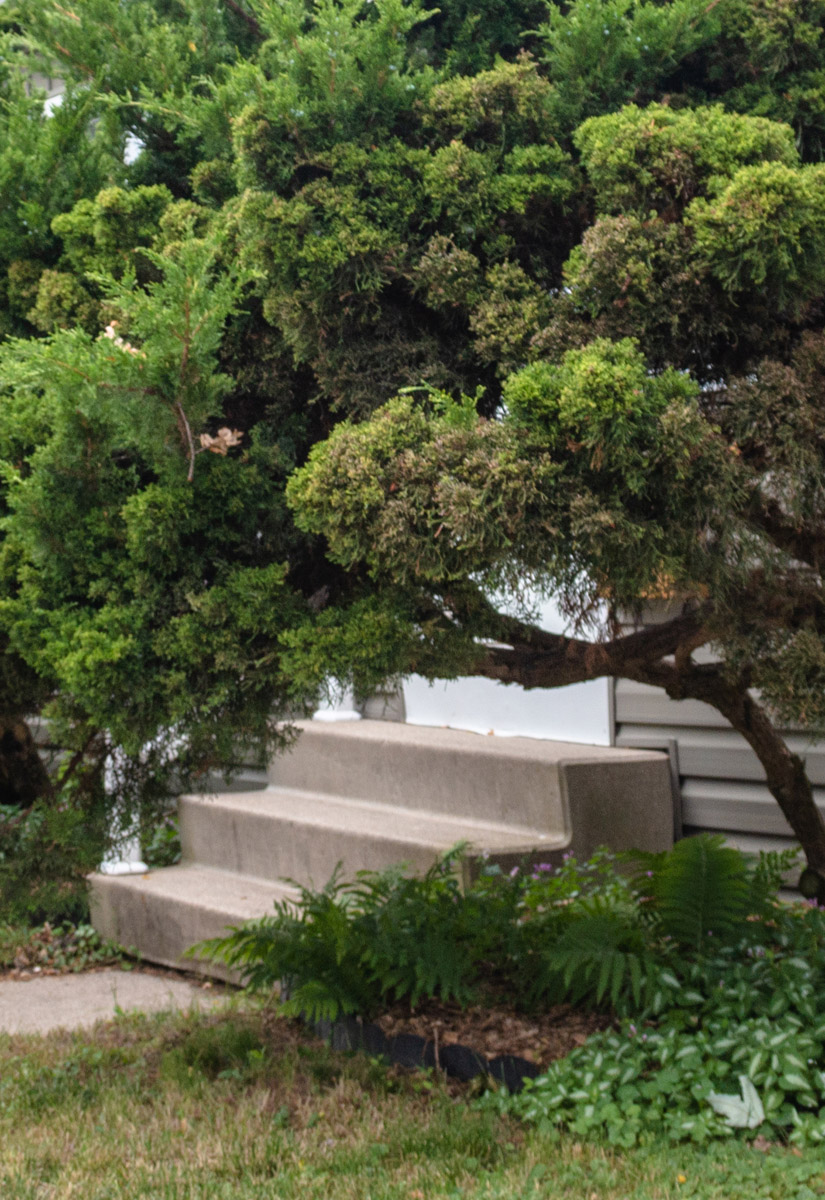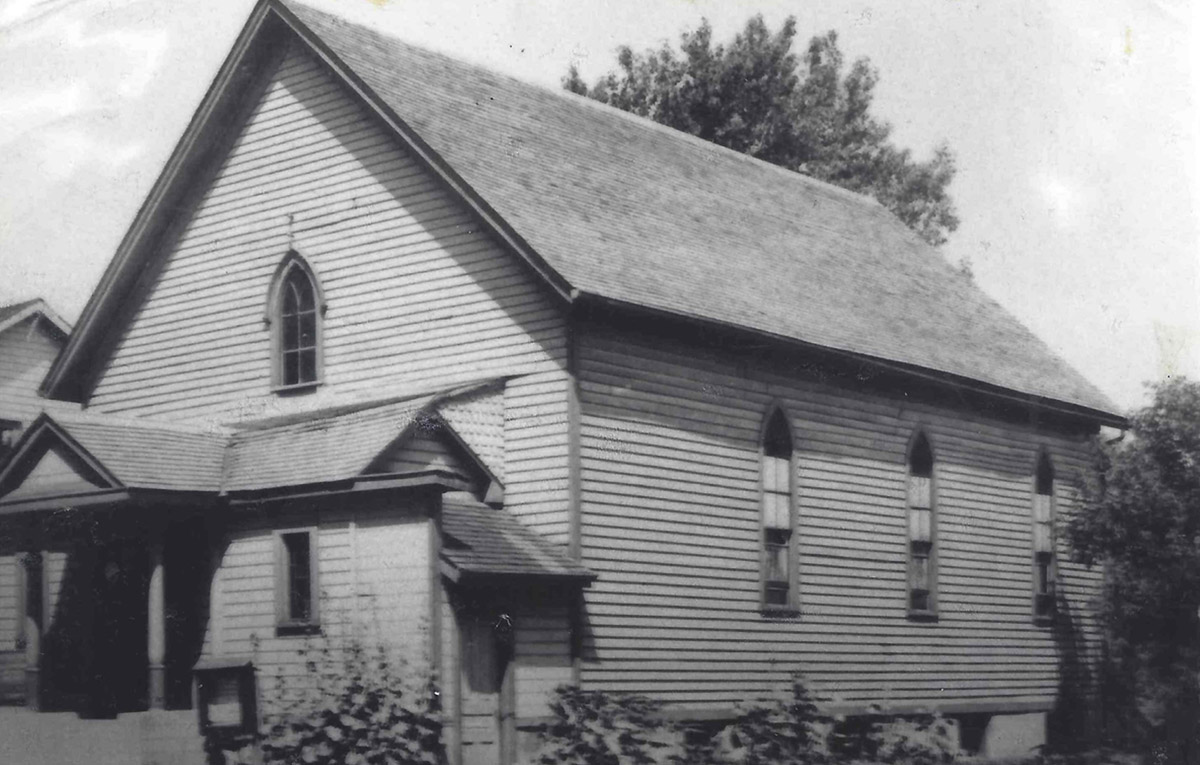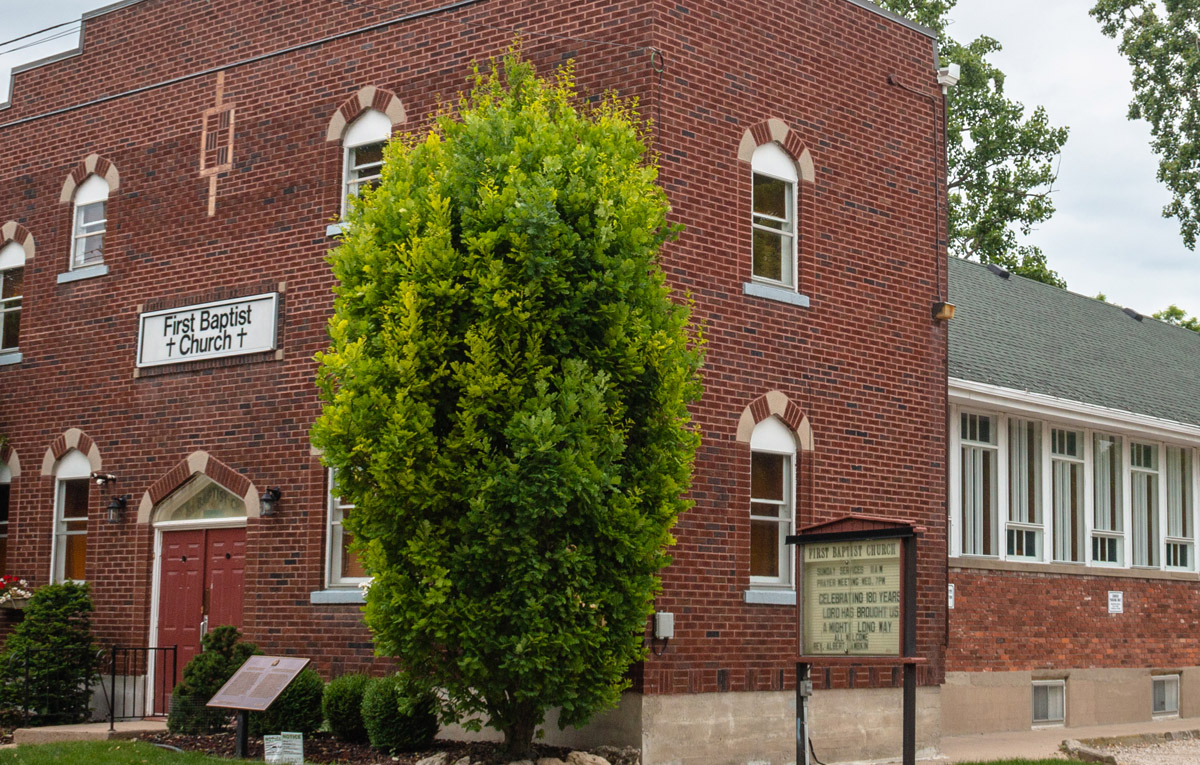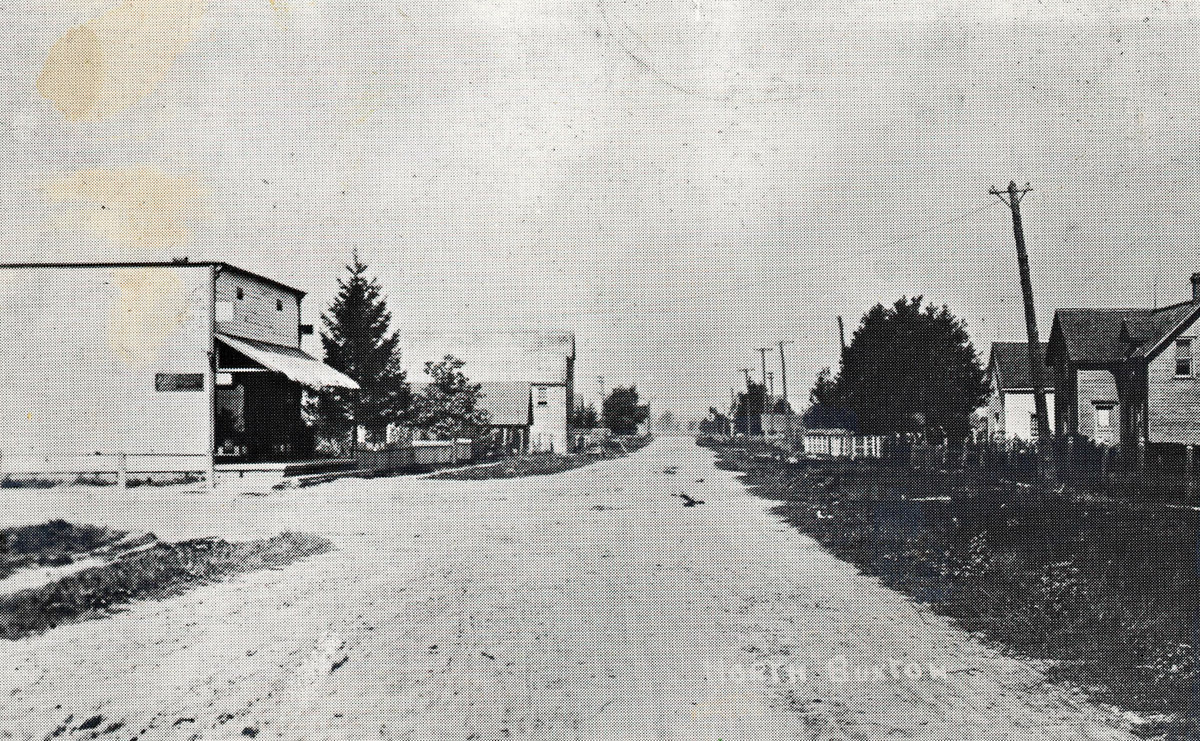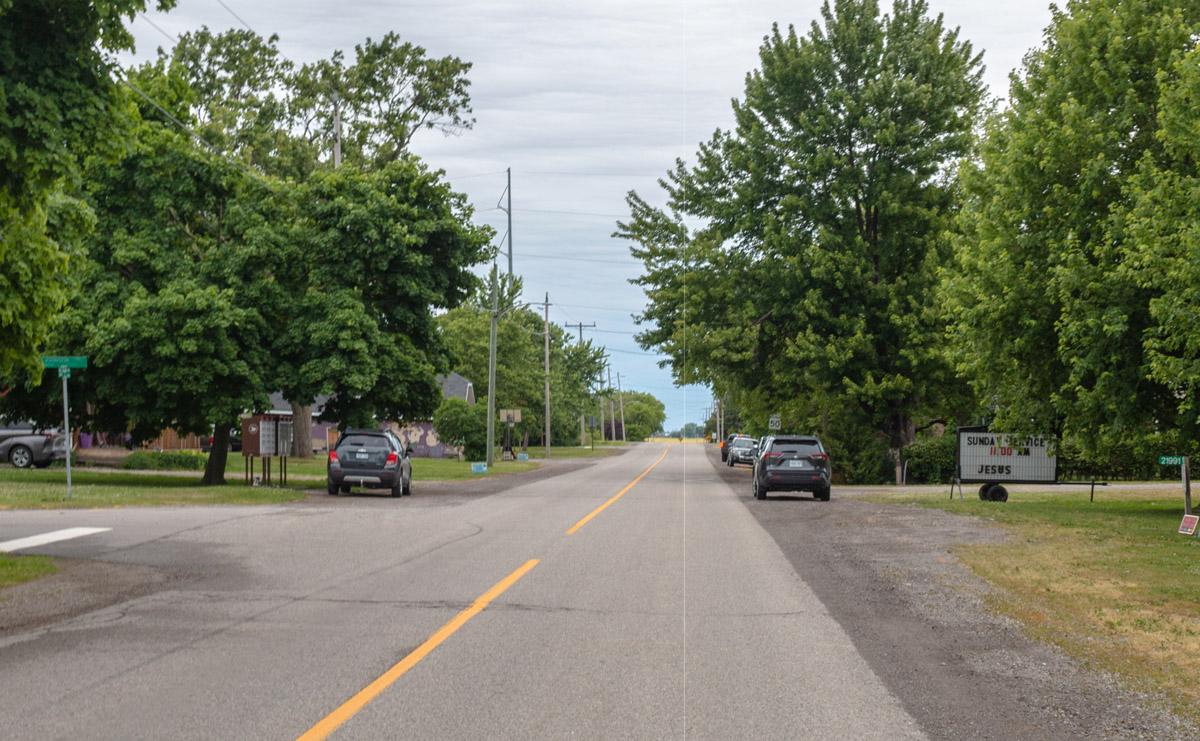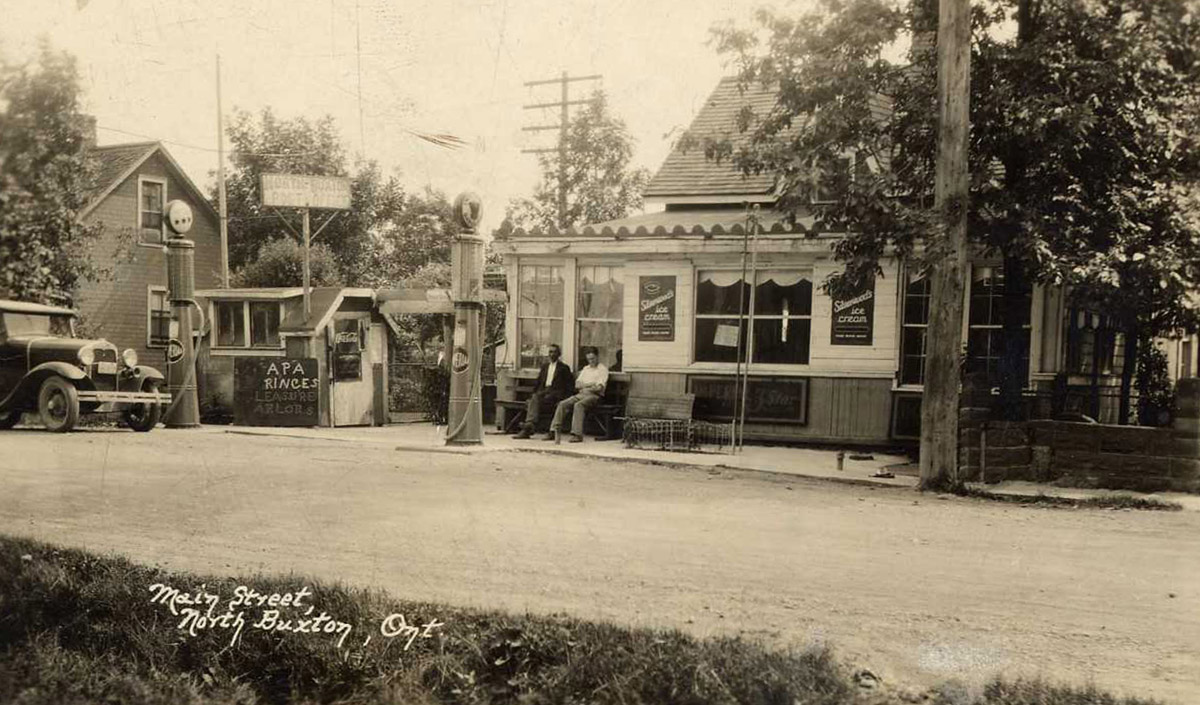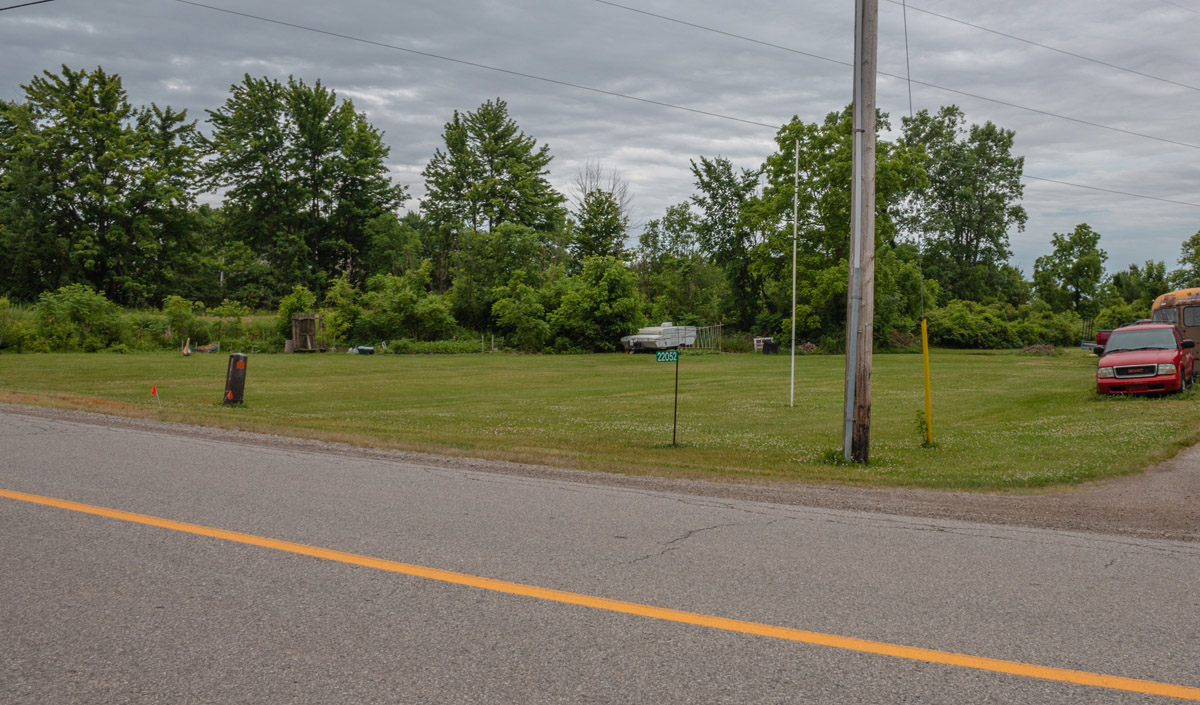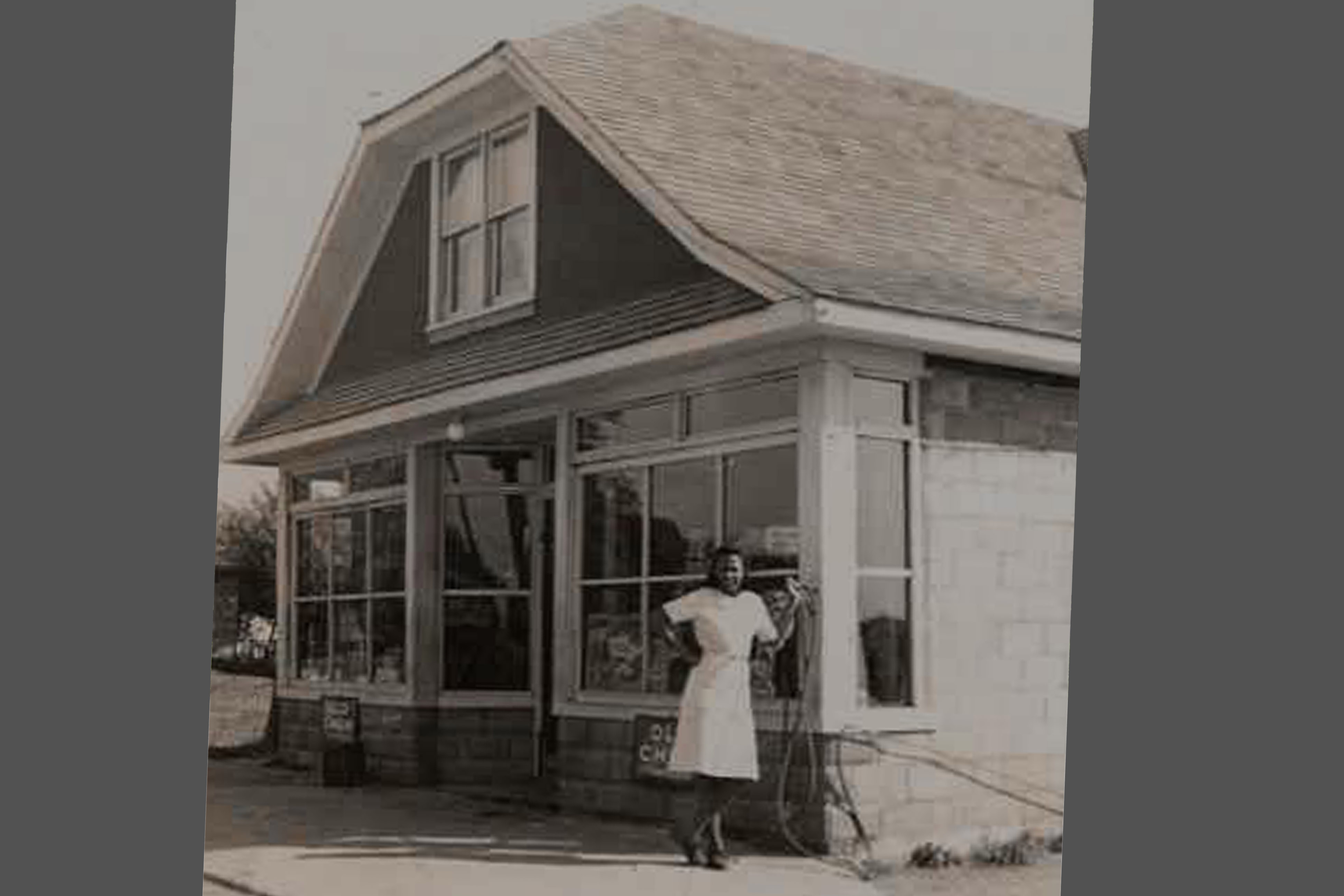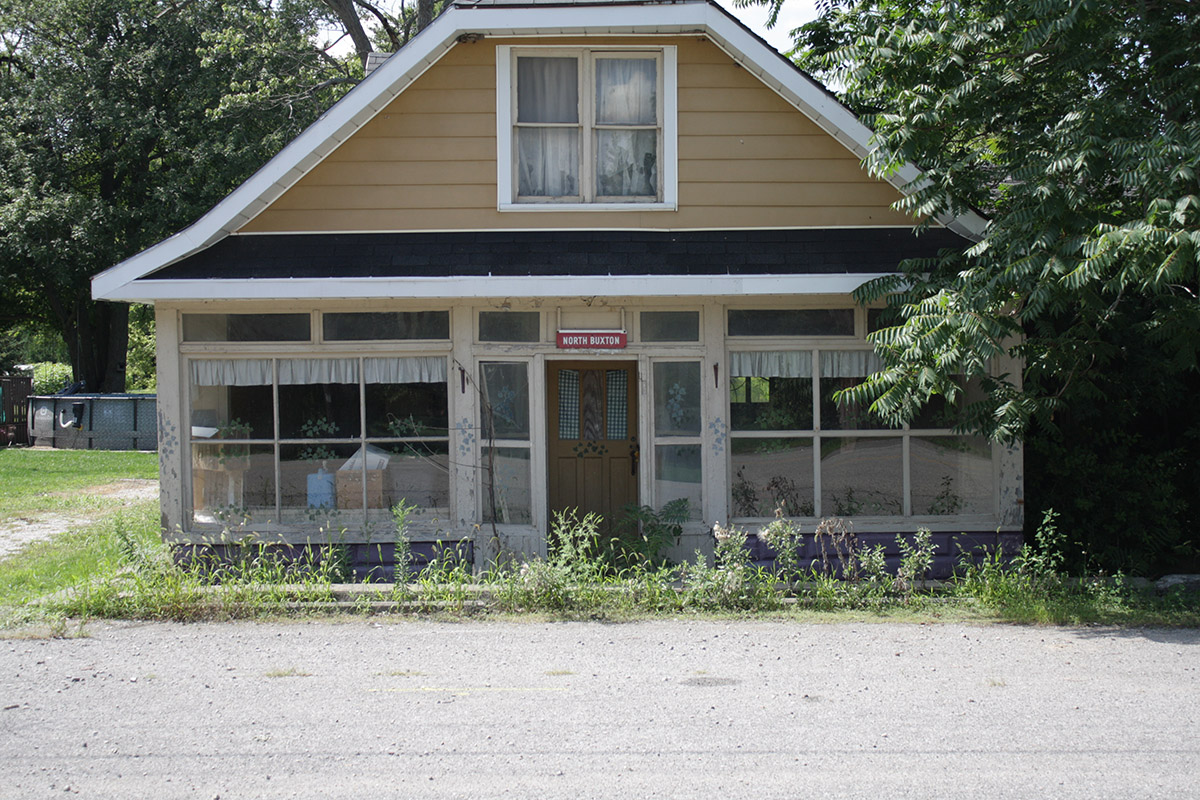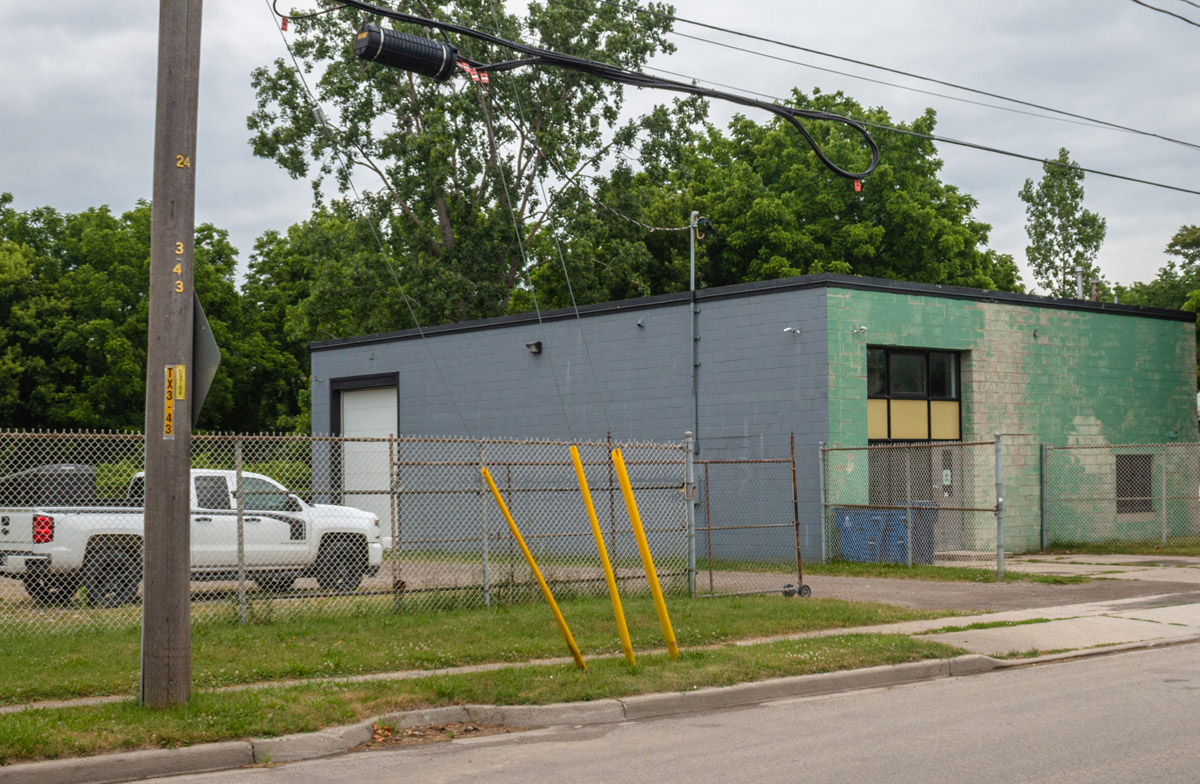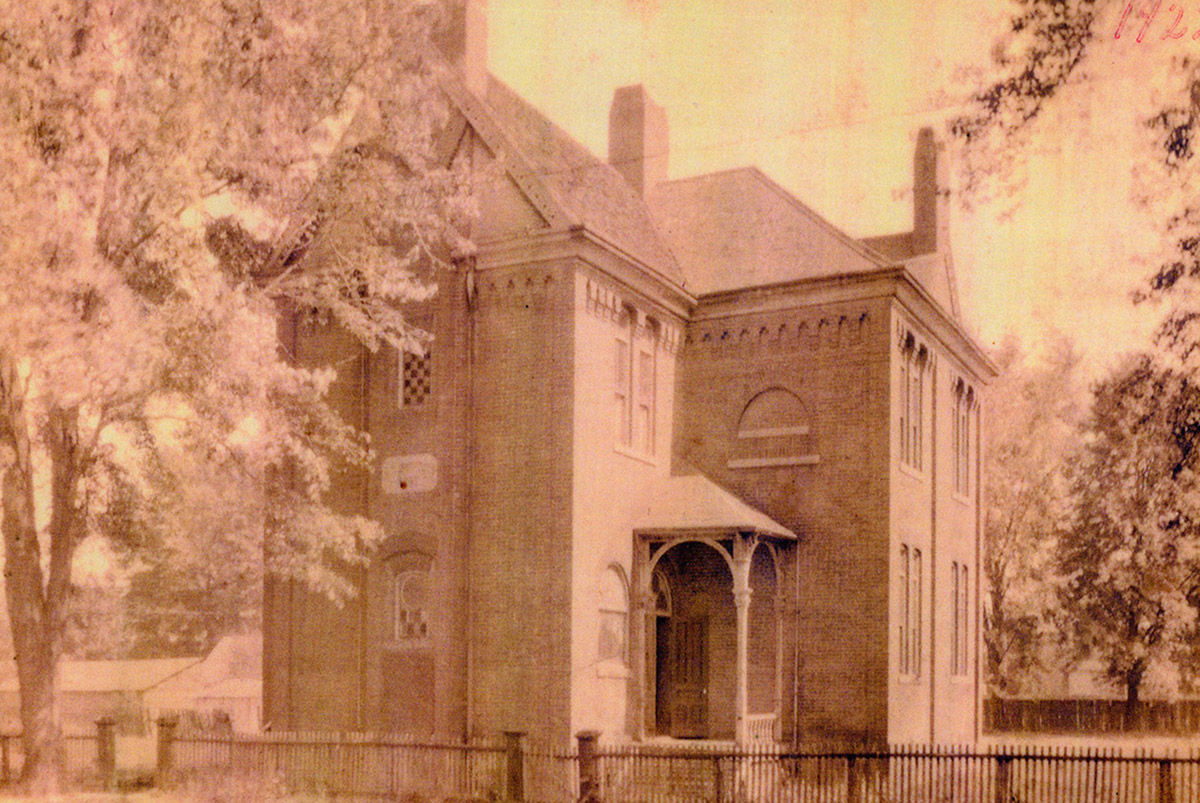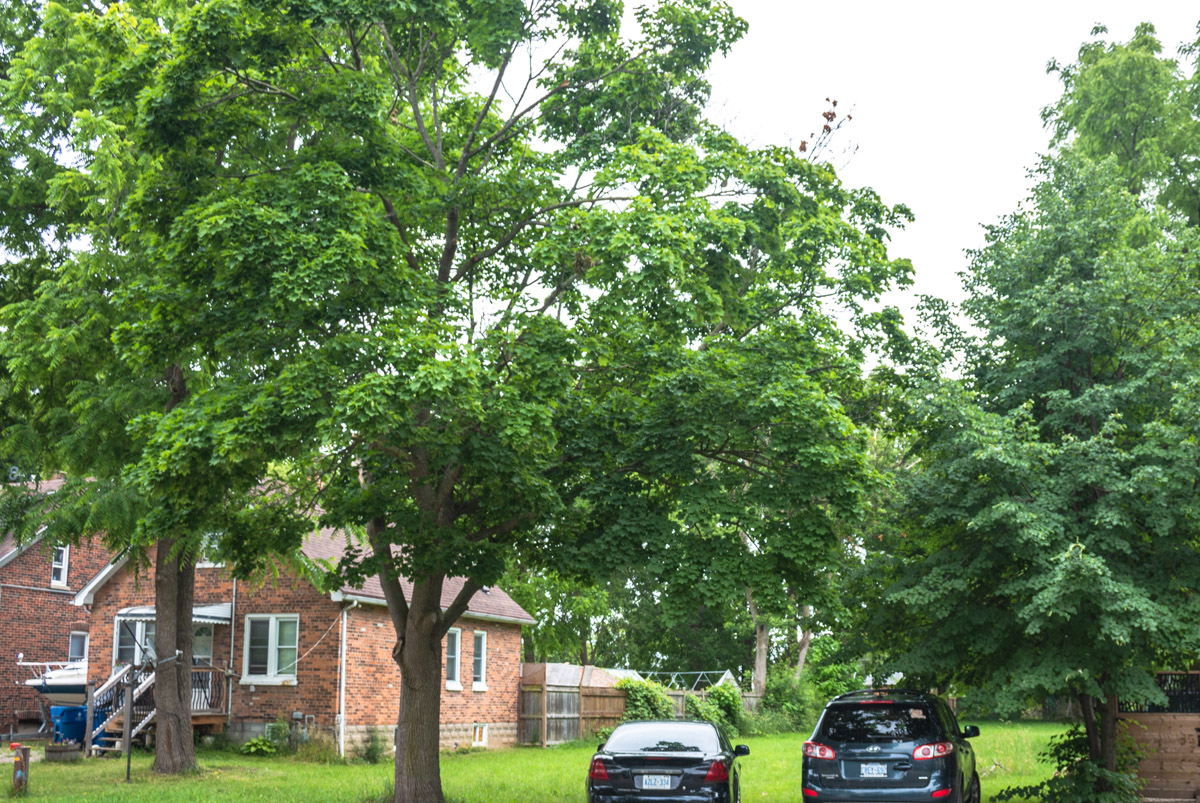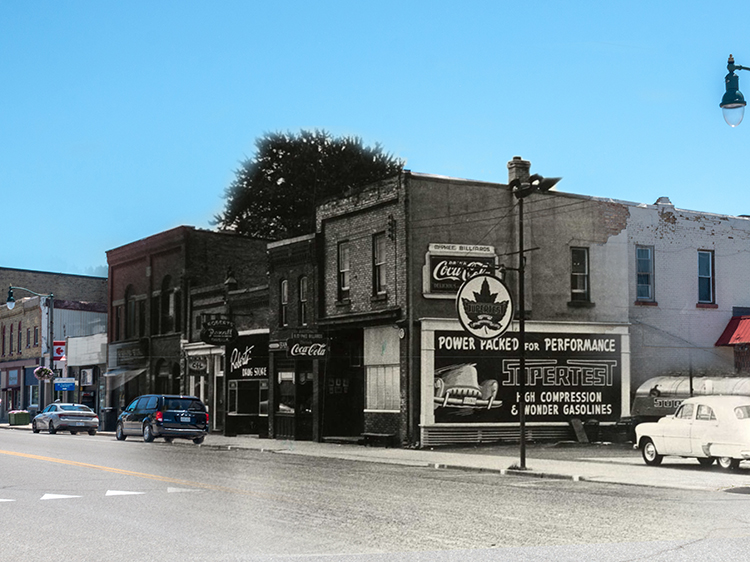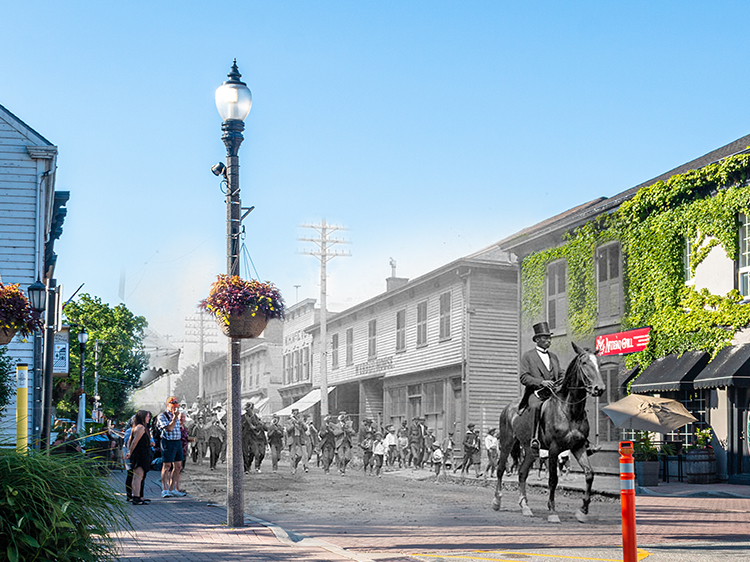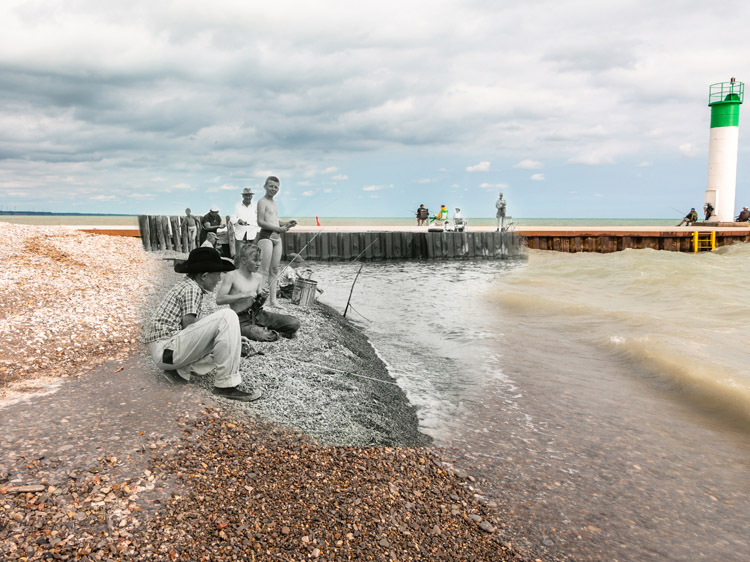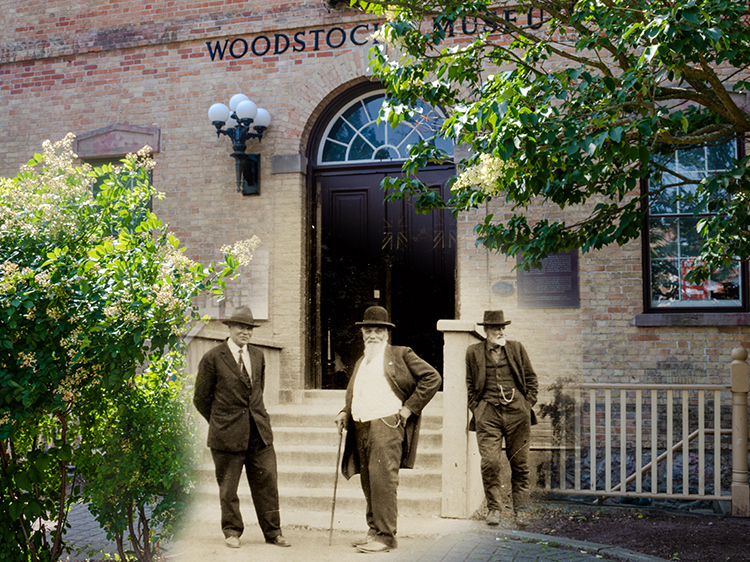The Elgin Settlement, a terminus of the Underground Railroad, was founded in 1849. Under the guidance and supervision of Reverend William King, this historic Black settlement soon prospered, burgeoning into a self-sufficient community. Although it was one of several such settlements located in Southern Ontario, the Elgin Settlement was one of unmatched success, growing from an original 15 former slave inhabitants to a flourishing community of some 1,200-2,000. So successful was the settlement that Frederick Douglass once visited and wrote about it. Over the years, the Elgin Settlement has offered Blacks a place to thrive and put down roots that have since grown into incredible legacies. Many settlers and descendants have gone on to do amazing things, breaking barriers and furthering the Black community and humanity as a whole. The site was designated as a National Historic Site in 1999.
This project was funded by the Canada Healthy Communities Initiative in partnership with several of the area’s museums, archives and public historians.
We respectfully acknowledge that we are on the lands of the Anishnaabeg Nation. This spot where we gather is the traditional land of the Three Fires Confederacy: the Odawa, Potawatomi, and Ojibwe. We also recognize that this land is now home to the Delaware Nation. This land was settled through the McKee Purchase Treaty of 1790 and we, as beneficiaries of the treaty, must recognize our responsibilities including our collective responsibilities to the land and water.
Explore
Chatham-Kent
Stories
The B.M.E. Church
Collection of Buxton National Historic Site and Museum
1940
This church and all the other churches of Buxton were envisioned by Rev. William Kings in his dream of the “City of God” that would result from his labors, on behalf of the fugitives arriving in Canada west. As both the architect and the Shepard of the new community, Rev. King planned that one of the cornerstones for his “City of God” would be a strong religious foundation. This, along with education, family values, and a strong economic base would assure that his flock becomes self-sufficient.
The central and most essential institutions in Buxton and in other early Black communities were the church and the school. These gathering places were what gave the people a sense of community and provided instruction, spiritual comfort, opportunities for socialization, protection, and a sense of well-being to the people. Only two of those churches have survived and been in continual use throughout the years of the existence of Buxton - this church and St. Andrews in South Buxton. This Church began as Bethel African Methodist Church in the 1850s with Rev. Blount, a runaway slave, as one of the earliest pastors. This church burned down and was replaced by the present structure in 1866.
The church was one of several B.M.E. churches that left the B.M.E. conference and became British Methodist Churches in an attempt by the people to show their loyalty to the British Crown in their homeland. In other words, around 1856, this church, along with many other African Methodist Episcopal Churches (A.M.E) decided to become independent of their U.S. connection and replace the word “African” with “British” to honour the nation that gave Blacks their freedom. In 2002, this church withdrew from the B.M.E. conference and became incorporated as the North Buxton Community Church, an undenominational church serving the entire community.
The Victoria Chapel
Chatham-Kent Black Historical Society
c. 1989
The B.M.E. Church came in to existence in Chatham, Ontario in 1856. Willis Nazrey was the first bishop of the local church. The first B.M.E. Church in all of Canada was built in Chatham in 1857 on Princess Street. The church soon after became known as the “Victoria Chapel”.
* * *
Bishop Nazrey remained the head of the church in Chatham until his death in September of 1875. He was succeeded by Rev. Richard Disney. The church even began publishing a newspaper called “The Missionary Messenger” with the help of Dr. Anderson Ruffin Abbott. Abbott, the first Canadian-born Black doctor to be licensed lived for a time in Chatham.
The British Methodist Episcopal Church in Chatham was the initial spot that abolitionist John Brown held his meeting to gain supporters for his attack on Harpers Ferry. When the church found out the nature of the meeting he was removed and not allowed to use the property again.
When the church began to flourish it outgrew its structure and by 1910, they had built the new brick structure. During a period in the 1930’s until 1958 the church left the B.M.E. Conference and became known as the Community Church. By 1958 it rejoined the conference and kept its doors open until 1980. The building remained until the death of its last church member, Eula Currie who passed in 1988. By 1989 the building was demolished.
In 2009 the BME Freedom Park was established on the vacant lot as part of a community project involving the Chatham-Kent Black Historical Society, East Side Pride, University of Guelph Ridgetown Campus and the Municipality of Chatham-Kent.
The focal point of the park is the bronze bust of Mary Ann Shadd-Cary created by the great-great-great-niece of Shadd-Cary and world-renowned artist, Artis Lane. Parts of the original church were also repurposed throughout the park including the brick surrounding the gardens. The Park layout also includes the demarcation of the church foundation and the outline of the original church is stamped in the walkways.
In the centre walkway, several stones are laid to represent the hundreds of thousands of families torn apart during slavery. The stones lead to a large rock that signifies the path to freedom many slaves took to find a life of liberty in Canada.
The Bradford house
c. 1920
This establishment was owned and operated by Mr. John Bradford and his wife Mrs Bradford, better known as Madame Bohee. Madame Bohee along with her mother Madame Hyers were popular vaudeville performers and concert singers who travelled across North America preforming their routine. They were also often joined by another daughter, Chonita on their musical tours.
* * *
Established in 1917, here they rented rooms, as a boarding house. Though the town of Chatham had a large Black population, much of the town remained segregated, so many boarding houses were found throughout Chatham’s east side to service those visitors who would be turned away from the downtown hotels. Some of the earlier boarding houses in the area included the Griffin/Griffith House and the Weaver House.
The Bradford House was also known to serve meals and their speciality was their homemade ice cream. Wedding receptions were also held here. There is also evidence that suggest an early hair salon was housed in this building for some time.
Upon the death of Madam Bohee just days before her 42nd birthday she left the property to her sister Chonita. Their mother had passed away a few months prior to her daughter in 1920. Chonita lived in the residence with her husband Moses and they both taught in one of the area’s schools.
Peter Jenkins in his youth worked at the Bradford House, where he would manually crank the ice cream machines for the evening customers after school.
The Buxton Garage
Collection of Buxton National Historic Site and Museum
ca. 1960s
Before you cross over the railway tracks, you will see a building across the street from Bradonna Woodworking that used to be the Buxton Garage and Gas Station. Charles “Chug” Shreve was the owner/operator of the local garage. The garage was built in 1945 on property owned by Ira Shadd. He was self taught electrician and mechanic learning as a child. He spent a lot his time tearing things apart to understand how they worked. He was one of the first people who wired homes for electricity and he also wired the school in 1937. He also repaired farm machinery as well. To the left of the building near the old tracks was the location of the Saw Mill.
The Charity Block
Chatham-Kent Black Historical Society
c. 1930
The Charity Block was located at the corner of King and Adelaide Street in the city of Chatham. Owned by James Charity the block was home to a few businesses. James owned the Great Western Boot and Shoe Store in the block. From an early advertisement in 1854, he offered a complete stock of gentlemen, ladies and children’s shoes of every description.
The Charity Block was also more famously home to the Provincial Freeman newspaper during its time in the city of Chatham. Beginning publication in 1853, the Provincial Freeman, a weekly newspaper, advocated for equality, integration and self-sufficiency for the Black community in Canada and the USA.
* * *
First published in Windsor with the original issue date of 24 March, 1853 it moved to Toronto in 1854. Remaining in Toronto for a little over a year, the newspaper would eventually make its way to Chatham in the summer of 1855. Its chief editor was Mary Ann Shadd and since her parents and brothers already lived in the area, the move made sense. It is often noted that the newspaper was published until 1857 but evidence shows that some issues were still published into 1859 and likely ceased production in the spring of 1860.
Mary Ann Shadd best known as an educator, abolitionist, suffragette and early feminist was the first Black female newspaper published in North America. She lived by the newspaper’s motto “Self-Reliance is the True Road to Independence”. The Provincial Freeman originally listed Samuel Ringgold Ward as the editor (who was the co-editor) because Mary Ann did not want to list her own name or take credit for her articles because of the fear of having a female name at the time. But over the years Mary Ann would eventually have her name on the newspaper.
Born to free parents in Delaware one of 13 children, Mary Ann was given an education by the Quakers and would later use that education to become a teacher. Much like her parents, Abraham and Harriet Shadd, Mary Ann was active in the abolitionist movement.
Mary Ann Shadd also wrote educational booklets as well as articles for her newspaper that would let those in America know the advantages of moving to Canada. This included the booklet called “A Plea for Emigration; or Notes of Canada West” (1852). Shadd was also an advocate who opposed segregated schools for Black children.
Shadd pushed the boundaries normally ascribed to her race and gender and blazed a trail for others to come. She would even enroll in Howard University late in life to study law. She graduated as not only the first female law student at Howard University but also the first Black female graduate at the age of 60.
Chatham Coloured All-Stars
ca. 1930s
This photo shows the famous baseball player Earl 'Flat' Chase outside his home in Chatham. An all-Black group of men began playing baseball together in 1932 at Stirling Park in the east-side of Chatham and in later years had players even join from Walpole Island First Nations.
In 1933, Archie Stirling, a Chatham business man in Chatham's east-side and local representative for the OBAA noticed the skills and talent of the team and helped get them into the city's baseball league where they played against the white teams of the city.
* * *
The Chatham Coloured All-Stars rapidly gained popularity and the attention of local newspaper reports, who found the team to be highly skilled, dedicated and thrilling to watch. In 1934, during the All-Stars' second year in the league, they won the provincial championship in the Intermediate B Division. They played the Penetang Shipbuilders from Penetanguishene, Ontario in the final series and beat them 13 to 7 making them the first all-Black team to win an OBAA title.
The road to victory wasn't one that was easy for the team. After all this was the 1930s in Canada and segregation and racism was a part of the daily life of Canada's Black citizens. The men on this team regularly had to eat at out of the way spots, often being served food out the back door of restaurants and were regularly denied accommodations. Those in attendance at games were also known to hurl racial slurs at the team.
Throughout the years players, coaches and managers came and went but one thing was for sure the Chatham Coloured All-Stars were a team to watch for in the Ontario baseball scene.
The team continued to play together until 1939 when they had another chance at winning the OBAA Championship title but that final game was never played.
Earl 'Flat' Chase, one of the well-known players on the team, should have been playing in the major leagues but in the 1930s the league still had a colour barrier in place. One of his fellow teammates Don Tabron said that "every park we played in he had the record for the longest ball hit." Those parks included ball diamonds in Strathroy, Sarnia, Aylmer, Welland and Milton. Flat was also best known for his pitching abilities, ranging in speeds from 80-100 miles an hour – he not only pitched but he could also play in the infield and even catcher when needed.
Another well-known player on the team Wilfred "Boomer" Harding joined the Chatham Coloured All-Stars when he was still just a teenager, making him one of the youngest players on the team. But baseball wasn’t all he excelled at; Boomer was known for his hockey skills as well. He even had a tryout with the International Amateur Hockey League and earned a spot with the Windsor Staffords, a Detroit Red Wings farm team making him the first Black-player in that league. He even was the first Black-player to skate at the Red Wings arena at that time, the Olympia.
The First Baptist Church
Chatham-Kent Black Historical Society
c. 1920
The First Baptist Church in Chatham first appeared in the Amherstburg Baptist Association records in 1845 with Elder Stephen White as their paster. Membership to the church numbered nine people at that time.
* * *
The next pastor of the church was Elder Hawkins. Hawkins was born enslaved in Kentucky and would eventually settle in Amherstburg when he came to Canada West. His first order of business when he came to head the First Baptist Church in Chatham was to build a new church. The building was completed on King Street East by 1853.
Eventually the First Baptist Church would gain a new nickname, “The John Brown Meeting House”. Brown, a white American abolitionist, went to Chatham and other places where formerly enslaved people had settled, to recruit for his attack on Harper’s Ferry. He thought that an attack on the federal arsenal there would spark an insurrection of the enslaved. While it failed and he was executed, the attempt made him a hero to the abolitionists. One man from Chatham, Osborne Anderson, joined Brown and was one of the few to survive the attack. He returned to Chatham and wrote an account of the event.
After Brown was refused use of the B.M.E. Church and held a couple meetings at other locations in town, he would hold his Convention on May 10, 1858 at the First Baptist Church. At these meetings the group would establish a plan and even create a constitution to set the frame work of a new government in the United States.
The church was extensively renovated in the 20th century and today still serves the Chatham Community and celebrates their long legacy in the abolitionist movement.
Henry Weaver
Chatham-Kent Black Historical Society
c. 1900
Henry and his wife Annie were both born enslaved in South Carolina in the 1830s. With their one daughter named Caroline, they decided they were going to escape the bonds of slavery on foot. Family history tells us that at one time on their journey to freedom Henry hid under his wife’s skirt to avoid detection on their escape.
* * *
By 1862, they had arrived in the town of Chatham. Once here Henry and Annie gained employment and would even start their own businesses. Gaining a loan, they would purchase the building at the corner of Park and Duke Streets in the city and would renovate the property to suit their entrepreneurial dreams. Henry would run a butcher and grocery shop on the bottom floor and Annie would run a boarding house above and taking in laundry in their home. Annie had no trouble getting guests for their boarding house as the downtown hotels remained segregated at this time.
Henry would eventually build a smokehouse at the rear of the store and was soon after known to smoke some of the best hams in the city. Annie would also take on serving meals as an additional source of income for the family.
Henry Weaver being involved in many of the happenings in the city even became the city’s second Black city councillor in 1891. (The first being Isaac Holden) As a couple they became one of the most affluent Black families in the community and began to own several properties around the town.
Today their original house still stands at the corner of Park Street and Duke Street and has been turned into apartments. For many years the building remained as a grocery and corner store in the community. The park across the street is named after him.
Village of North Buxton
Collection of Buxton National Historic Site and Museum
1920
The village of North Buxton was laid out by Enos & Sarah Johnson in 1874, on land owned by them on lots 9 and 10, Concession 8, facing on the Centre Rd. So they were actually the first residents of this tiny hamlet. There were buildings already here, the British Methodist Episcopal Church, the school, the railroad station, the hotel and the lodge as well as a few homes which had been built on the early farms. Among the first merchants were Frederick Griffin, Robert Allen and Elbert Dyke who also opened the first post office in 1875. By 1879, they all kept store in the building which once stood on the corner of Johnston Street and Centre Road. It is interesting to note that there was an old custom in the naming the streets after family members such as Sarah, Johnson, Garrel, Dyke and Charleston.
Papa Prince's Pleasure Parlor
Collection of Buxton National Historic Site and Museum
1930s
This is the location of what was once Papa Prince's Pleasure Parlor. Owned by Alpheus Prince, Papa Prince's Pleasure Parlor was extremely popular among the youth of the 1930s and 1940s. It's noted that children would spend their carefully hoarded pennies at the parlor for jawbreakers, candy corn, and jelly beans. The parlor also sold tobacco, gas, and coal oil for oil lamps as most of the community at the time hadn’t yet converted to hydro.
The Shadd Store
Collection of Buxton National Historic Site and Museum
1940
This area is the former site of the Shadd Store last owned by Ira and Saxonia Shadd. In 1934, Ira Shadd opened up the Shadd Store which served the community for many generations. The store also served as a post office and in the back, they had a pool table where community members could come to socialize.
* * *
Ira Shadd was the founder and first director of both the Community Club of North Buxton and the North Buxton Maple Leaf Band. The North Buxton Maple Leaf Band went into operation in January of 1955. The band was a way for the community to come together and work as one. For example, at one point, the parents had to buy all the instruments and uniforms and lessons for their children. In response to this, Ira Shadd learned to play several instruments himself and taught the children at the store for free. Following the formation of the North Buxton Maple Leaf Band, the Band Parents Association was created as an organization dedicated to helping share some of the responsibilities involved in the band. Throughout the year, several fundraisers and activities were held to support the band. In the winter of 1955, Saxonia Shadd held and hosted square dances, and in July, there was a Strawberry Festival and band concert. The proceeds were used to make uniforms for the band. The Maple Leaf Band participated and performed in the Mary Day and Emancipation Day parades in Windsor, Ontario, the International Festival of Freedom, and at the Tiger Stadium in Detroit, Michigan.
Woodstock Industrial Institute
Chatham-Kent Black Historical Society
c. 1960
The Woodstock Industrial Institute was established in 1908 with the purchase of the former King Street School building. The purpose of this school was to establish an institution to help supplement the waning skilled labour force in the area. Rev. John G. Taylor was elected as the collector for the school in 1908.
* * *
Though the Woodstock Industrial Institute was established and administered by the Black community they proposed that their school not exclude the Indigenous or white community. Some of the courses offered at the institute included: blacksmithing, music, dressmaking, nickel-plating and radio technology.
Harold Jackson, the first licensed Black radiotelegraphy operator in Canada, who would help Jack Beardall later start CFCO Radio in the city, ran the “Wireless Telegraphy” department at the school. He was known to be able to send signals further than most people at this time and often helped others strengthen their signals.
By 1927 the Institute would close its doors as a school. It was that same year that the building would become known as the J.G. Taylor Community Centre, named for one of its original members. The community centre ran for six decades and was home to many community groups and a meeting ground for the youth in the community. By 1984 the building was demolished but a park with the same name remains in its place and is still the meeting ground for the youth in the community.
Today the J.G. Taylor Community Centre still remains inside the WISH Centre here in Chatham and continues serving the community.
Josiah Henson Museum of African-Canadian History
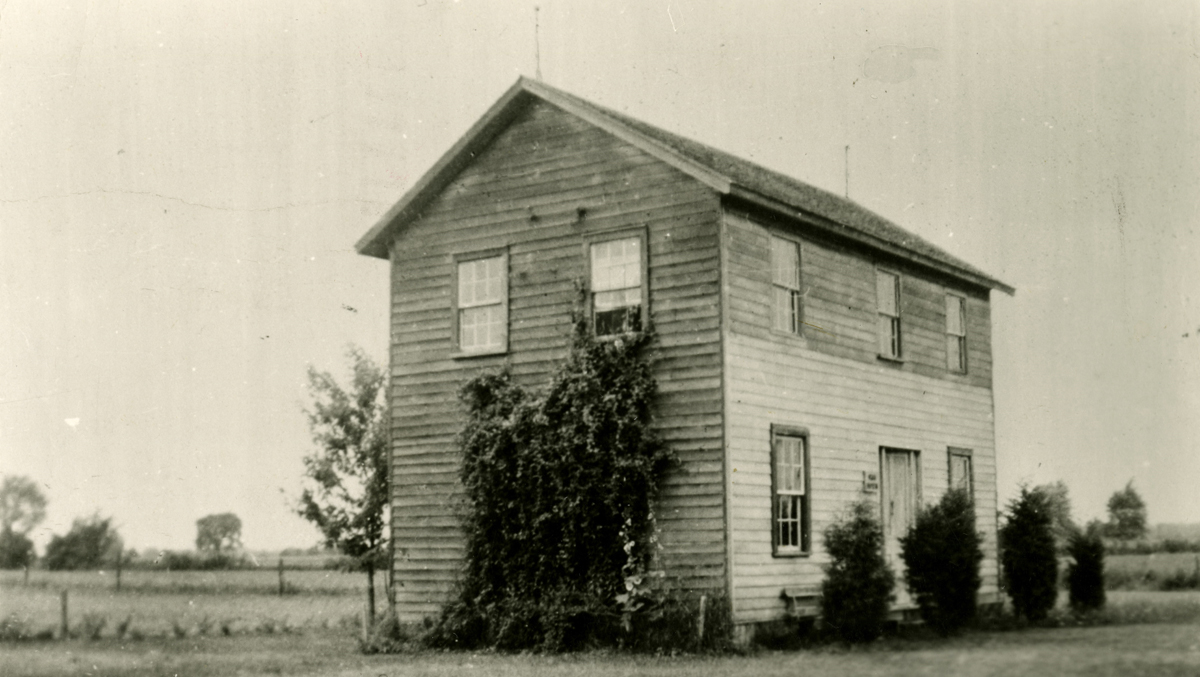
c. 1930
Recognized internationally for his contribution to the abolition movement, Josiah Henson asserted his leadership as preacher and a conductor on the Underground Railroad. He worked with energy and vision to improve life for the Black community in Upper Canada (now Ontario).
After escaping slavery in Kentucky, 'Father Henson' quickly attained the status of leader within the Underground Railroad community of Southwestern Ontario. In 1841 he co-founded the British American Institute, a vocational school for Underground Railroad refugees.
* * *
The Dawn settlement, which comprised mostly Black settlers, grew up around the school. Its residents farmed, attended the Institute, and worked at sawmills, gristmills, and other local industries. Some returned to the United States after emancipation was proclaimed in 1865. Others remained, contributing to the establishment of a significant Black community in this part of the province.
Harriet Beecher Stowe used Josiah Henson's memoirs, published in 1849, as reference material for her novel, Uncle Tom's Cabin. Henson's dramatic experiences and his connection with Stowe's book made him one of the most famous Canadians of his day. The museum recognizes the accomplishments of Josiah Henson through interpretive videos, interactive exhibits, numerous artifacts and tours reflecting the Black experience in Canada.
Wilberforce Educational Institute
Chatham-Kent Black Historical Society
c. 1900
The Wilberforce Educational Institute was opened in Chatham in 1873 in a standard frame building. The creation of this school was from the merger of two institutions, The British American Institute at the Dawn Settlement and the Nazrey Institute. The school was found at the corner of Princess and Wellington Street in Chatham.
* * *
The purpose of this school was to furnish the youth of the area, regardless of race, colour, creed or nationality, not only with a sound primary and secondary education but with a far superior education that would set them up for the university level. Other schools in the city of Chatham often would deny entrance to members of the Black community, but as the Black community built their own schools, they would not have the same regulations and would open their doors to anyone.
The original board of trustees for the school included: Rev. Richard R. Disney, Morris Potter, Stanton Hunton, Isaac Holden, Nelson Robinson, Nathaniel Murray and Perry F. Chase. The curriculum at the time would include examinations in art, law and medicine for the students and would also prepare students for careers in teaching and business. The school’s first president was Dr. Anderson Ruffin Abbott, the first Canadian-born Black doctor.
The first group of pupils to attend the school numbered around 100 students, 36 of those were enrolled in the preparatory classes and about 20 were enrolled in the primary classes. Teachers and principals at the school over the years were the best of the best including principal Alfred Lafferty, a graduate from the University of Toronto, Dolly Scott, Lillian Shreve and Mollie Lewis.
The school eventually moved to King Street in 1887 and was described at the time as a handsome brick structure located near the C.P.R. Station. The building would remain until it was demolished in 1952. (The picture would be of this building)

